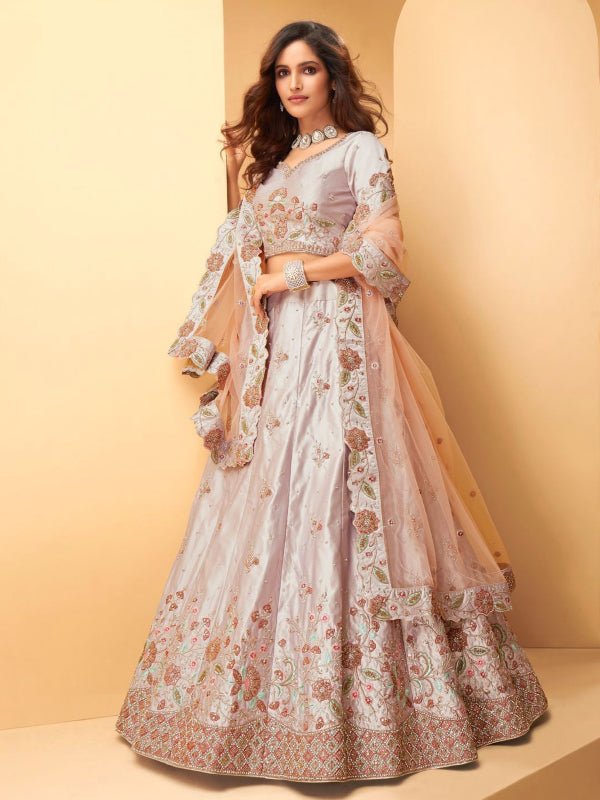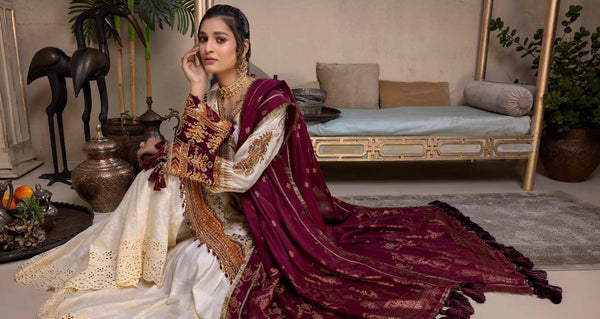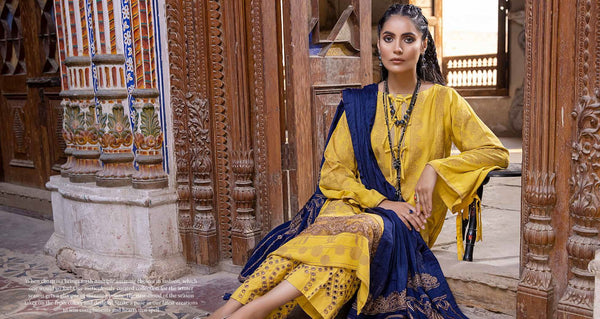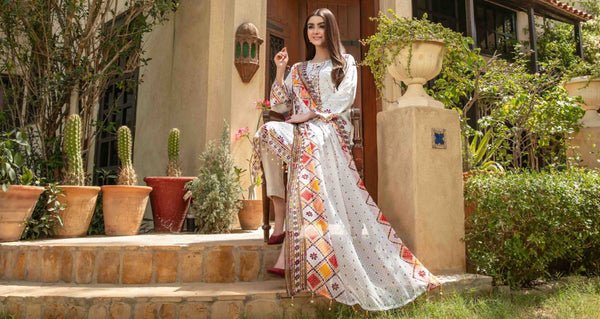The Most Famous Indian Dresses Everyone Needs In Their Wardrobe
Fashion is a big deal in India and the story of our clothing is one of the most fascinating aspects of our history and development over the years.
The different types of Indian dresses, as well as the entire fashion scene here, boasts great research value thanks to;
- years of long history,
- rich cultural content, and
- the sheer variety on display by the different cultures and ethnicities that have influenced the rich textures and fabrics of the world’s second-largest nation.
But, let’s get straight to the point.
There are four main types of traditional Indian dresses you need to know if you’re exploring the Indian fashion scene. Over the years, these dresses and others have been shaped and influenced by the outside world as well as India’s own distinct styles and traditions.
In this post, we provide an introduction to the;
- Salwar Kameez
- Anarkali
- Saree, and
- Lehenga
These are the most prominent types of Indian dresses for women and girls with a thing or two for traditional Indian fashion.
All four of these dresses can be generally agreed to form the basic frameworks on which modern Indian fashion has been structured. Now, let’s embark on this colorful, flowery, and super fascinating fashion expedition!
Salwar Kameez - An Indian Dress
The Salwar Kameez is a two-piece attire consisting of a salwar (trousers) and the kameez (shirt) so popular In India and worn in several south Asian countries. This dress gives women a kind of decent and graceful look.
- Salwar
The Salwar part is a pajama-like trouser with a wide top area and narrow bottom part.
The trouser from the bottom up is usually gathered into pleats or a waistband, often spotting a wide and baggy design. It could also, however, be designed to be narrow, in which case it is known as a churidar.
- Kameez

A Salwar Suit in Purple for Women
The kameez, on the other hand, is the shirt or tunic, usually long.
One of the most prominent design cues of a kameez is the presence of side seams (referred to as the chaak) in the area below the navel. Overall, the shirt usually sports this straight and flat design. And while conventional kameez designs are often based on traditional cuts, modern kameez dresses now incorporate set-in sleeves inspired by western fashion cultures as well as gorgeous neckline and decoration styles.
Women often pair the Salwar Kameez with a dupatta, a piece of dress that’s more like a shawl or scarf. It could be worn over the head, draped across the chest, or over one or both shoulders. The salwar kameez is believed to date back centuries from the Islamic Turko-Iranian rule of the Delhi sultanate and the Moghul empire era through to the modern-day.
Anarkali Suits & Dresses
If the Salwar Kameez is known for grace and beauty, then the Anarkali is simply known for its irresistible charm and beauty.
This type of Indian dress is styled like a long frock with a bodice that is cinched below the chest with the rest of the dress left flowing till just below the knee.
With regards to length, there are called Anarkali with floor-length and mid-length kurtas. This dress has dazzled everyone for centuries and boasts an origin that dates back to the ancient Mughal Empire.
- Origin of Anarkali dresses
The dress is believed to have gotten its name from a Mughal Empire-era courtesan, Lady Anarkali, a legendary figure that has become associated with fashion as much as royalty.
During this time, the dress was mainly associated with women of high ranking in society. Then, it was mostly made from luxury fabric clothing. Because of the way Anarkali can easily enhance a woman’s appearance, the dress became popular favorites among women of different classes, over time.

An Anarkali Suit in Red with Heavy Embroidery
There are four main styles of Anarkali suits worn by women today.
These include;
- Lehenga style Anarkali suits
- Jacket style Anarkali suits
- Overlayer style Anarkali suit, and
- Overcoat Anarkali salwar suit
Lehenga - An Indian Dress Type
The Lehenga is one of the few types of Indian dresses that have enjoyed the most prominence in women’s fashion over time. Also known as gharara in some cultures, the Lehenga is no doubt one of the most popular women’s dresses in India.
Wondering what exactly makes a Lehenga?
Well, in its basic form, it is an ankle-length skirt usually worn as a lower part of the gharara choli. This dress usually allows designers to express their most creative skills and design prowess as it gives room for anything from simple styles and patterns to intricate embroideries and elaborate embellishments.
- History of the Lehenga Indian dress
While key details of the history and origin of these traditional ethnic Indian dresses might have been lost in the sands of time, legend has it that the Lehenga traces its origin back to the Mughal empire era when it quickly became a hit among women of all classes, rich and poor, young and old.
It quickly gained prominence in states like Gujarat and Rajasthan where many of the classic Lehenga-style dresses are still worn today. The modern Lehenga dress has seen several evolutions and influences over time.

Lehenga Choli in Off White with Dupatta
Today’s lehenga comes in different styles and designs, often incorporating western-inspired design elements into the outfits. Lehengas are so revered they’re usually a big hit for weddings and important festivals. The pleated or non-pleated skirt often features drawstrings and is usually paired with a blouse choli and a dupatta draped nicely around the outfit.
Saree - Probably India’s Most Famous Dress in India
The saree (often also spelled as sari) is more of a cultural thing beyond just fashion.
While it’s a part of everyday fashion in the form of functional dress pieces in different styles for different occasions, the saree is so much revered in India that it’s often passed down as an heirloom across generations. The Times of India called the saree a nine-yard wonder and it’s easy to understand why it continues to garner all of the interest and attention.

Stunning Designer Saree in Yellow
The history of the saree is believed to date back thousands of years back (around 2800–1800 BC) during the Indus Valley Civilization era of northwest India.
The word itself is believed to originate from a Sanskrit word that means “strip of cloth.” Saree’s origin began as just a simple drape worn by women. And over time, it became a major fashion item endorsed by women across societal strata.
While the saree is usually an unstitched piece of fabric, it’s usually worn as part of a three-piece attire that includes;
- a piece of clothing draped and used as a lower garment
- a chest band and,
- a third piece of cloth that’s either worn over the head or draped over the shoulder.
The saree is simple, yet versatile; minimal, yet elegant.
Conclusion
The Indian women’s fashion scene has been internally influenced by the diverse ethnicities that make up the fabric of this highly diverse nation.
Over time, our fashion and culture here have also seen minor to major influences from outside influences such as the British Raj and European fashion cultures, among others.
Nevertheless, Indian fashion still retains the core of its charm, intrigue, and elegance that have endeared Indians and non-Indians for centuries. And despite the sheer number of options on display here, the Saree, Lehenga, Salwar Kameez, And Anarkali have emerged as the top choices among the different types of Indian dresses there are.






